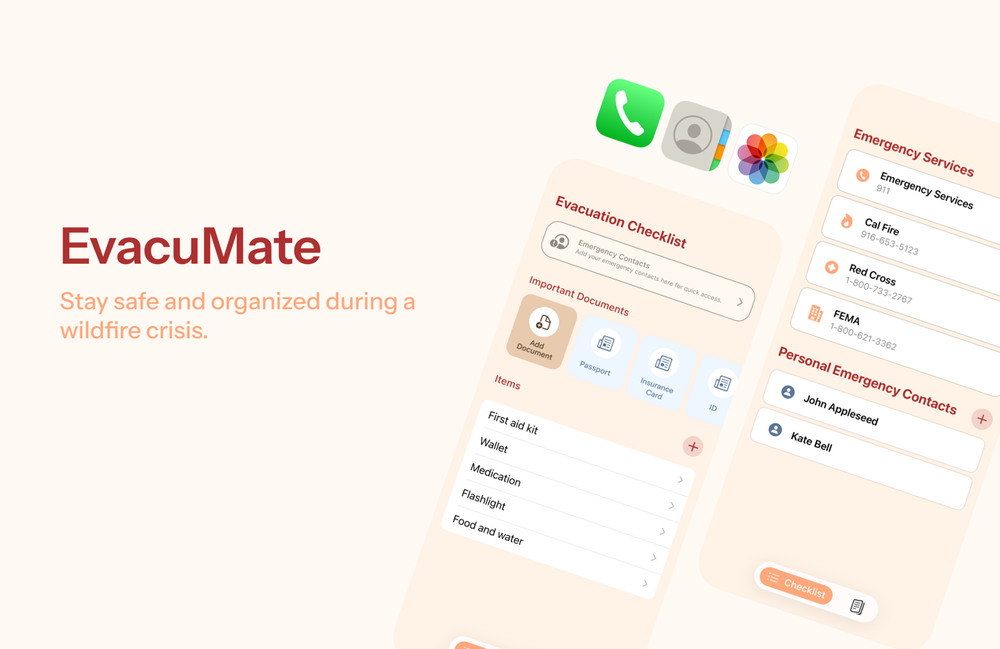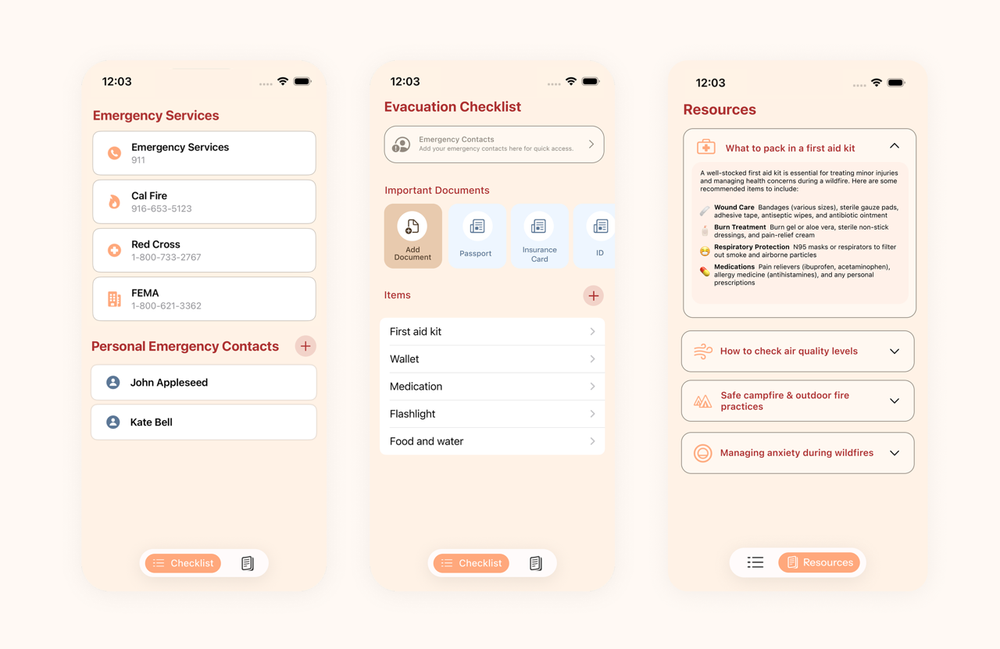Here’s What Most Leaders Get Wrong About Employee Engagement
Opinions expressed by Entrepreneur contributors are their own.
Only 21% of employees worldwide are engaged at work. Let that sink in. In today’s workforce, more than half of employees (62%) feel disconnected from their work, while 17% report being actively disengaged. This isn’t a motivation problem — it’s a meaning problem. And it signals a critical opportunity for leaders to rethink how we create environments where people can thrive.
Here’s what’s striking: It’s not just about pay. Or perks. Or even flexible hours. According to the latest State of the Global Workplace report, 50% of employees are watching for or actively seeking a new job, and meaningful work is consistently among the top factors driving these decisions.
This is where most leaders get it wrong. In today’s workforce, culture is no longer a bonus — it’s a baseline. The modern employee is asking: Does this work matter? Do I matter? If the answer isn’t clear, they’re already halfway out the door.
Related: The Key to Employee Engagement Is Purpose. Here’s Why — and How to Foster It in Your Workplace.
The leadership clarity gap
The disconnect between what leaders think drives engagement and what actually does is staggering. Research reveals that while most executives believe their organizations provide clear purpose, only about a third of employees experience that purpose in their daily work. This perception gap explains why so many well-intentioned engagement initiatives fail.
In my own leadership journey, I’ve found that clarity isn’t just a nice-to-have — it’s everything. Leadership isn’t about charisma or command; it’s about being deeply grounded in your own values and purpose. When that happens, people don’t need to be pushed, they’re naturally pulled toward something meaningful.
The manager connection
Here’s what I see too often: managers who want to lead well but were never given the tools. According to Gallup, 70% of team engagement comes down to the manager, but most have never had real training. So instead of leading with purpose, they’re left guessing.
And when managers are unclear, so are their teams. That’s not just a statistic; it’s a signal that we’ve prioritized the wrong things. If we want people to stay, grow, and contribute at a high level, we need to start by equipping the people we expect to lead them.
From transactional to transformational
The shift from transactional to transformational leadership doesn’t require a radical overhaul, it starts with small, consistent actions grounded in purpose. I’ve seen teams change dramatically simply because a leader started having honest conversations, listening more deeply or sharing the “why” behind the work.
The data reflects this: Employees who have meaningful check-ins with their managers are nearly four times more likely to be engaged. Those who feel their opinions matter are far more likely to bring their full selves to the work.
But at the core, it’s not about stats — it’s about connection. Transactional leadership keeps people compliant. Purpose-driven leadership makes them come alive.
Related: Workers Are Disengaged. Here’s How Employers Can Win Them Back.
Beyond the quarterly cycle
One of the most revealing insights from my work with leadership teams is that engagement isn’t primarily driven by compensation or even work conditions. The real differentiator is leadership clarity, the extent to which employees understand how their work contributes to something larger than themselves.
This explains why so many well-compensated professionals still feel disconnected from their work. It’s not about the paycheck; it’s about the purpose. And purpose isn’t something you can manufacture with team-building exercises or mission statements on the wall. It emerges from authentic leadership that connects daily tasks to meaningful outcomes.
The path forward
So, what does this mean for you?
If you’re a leader still relying on perks, pizza parties and performance bonuses to drive engagement, it’s time to rethink your approach. Ask yourself: Do your people know why their work matters? Do they feel seen and heard? Do you?
Purpose isn’t a perk. It’s your leadership advantage, the one thing competitors can’t replicate. And in a world where disengagement is the default, leaders who get this right will be the ones who win.
As workplace research makes clear, the great workplace shift isn’t about resignation or quiet quitting. It’s about purpose seeking its proper place. Leaders who recognize and respond to this fundamental human need won’t just retain their teams, they’ll unleash their full potential.
Related: 5 Ways Employee Engagement Makes Your Company More Competitive
The ripple effect
Here’s what happens when you get this right: Engaged employees don’t just stay longer, they become your strongest advocates. They refer top talent, go the extra mile without being asked and create the kind of culture that competitors can’t poach or replicate. I’ve watched organizations transform not through expensive restructures or flashy initiatives, but through leaders who finally understood that their people weren’t looking for more benefits. They were looking for more meaning.
The companies thriving in today’s market aren’t the ones with the best perks packages. They’re the ones where Monday morning feels different because people wake up knowing their work matters. Where managers have real conversations instead of checking boxes. Where purpose isn’t a poster on the wall, but a living, breathing part of how decisions get made.
Every day you delay this shift, you’re not just losing talent. You’re losing the battle for the future of work itself. The leaders who act now, who choose connection over control and purpose over process, won’t just survive the engagement crisis — they’ll use it as their competitive advantage while everyone else is still wondering why their people keep leaving.
Only 21% of employees worldwide are engaged at work. Let that sink in. In today’s workforce, more than half of employees (62%) feel disconnected from their work, while 17% report being actively disengaged. This isn’t a motivation problem — it’s a meaning problem. And it signals a critical opportunity for leaders to rethink how we create environments where people can thrive.
Here’s what’s striking: It’s not just about pay. Or perks. Or even flexible hours. According to the latest State of the Global Workplace report, 50% of employees are watching for or actively seeking a new job, and meaningful work is consistently among the top factors driving these decisions.
This is where most leaders get it wrong. In today’s workforce, culture is no longer a bonus — it’s a baseline. The modern employee is asking: Does this work matter? Do I matter? If the answer isn’t clear, they’re already halfway out the door.
The rest of this article is locked.
Join Entrepreneur+ today for access.
Here’s What Most Leaders Get Wrong About Employee Engagement Read More »



 Image Credit: Courtesy of Apple. Marina Lee.
Image Credit: Courtesy of Apple. Marina Lee. Image Credit: Courtesy of Marina Lee
Image Credit: Courtesy of Marina Lee Image Credit: Courtesy of Marina Lee
Image Credit: Courtesy of Marina Lee

 Liquid Glass time on the lock screen. Credit: Apple
Liquid Glass time on the lock screen. Credit: Apple Live Translation on FaceTime. Credit: Apple
Live Translation on FaceTime. Credit: Apple





